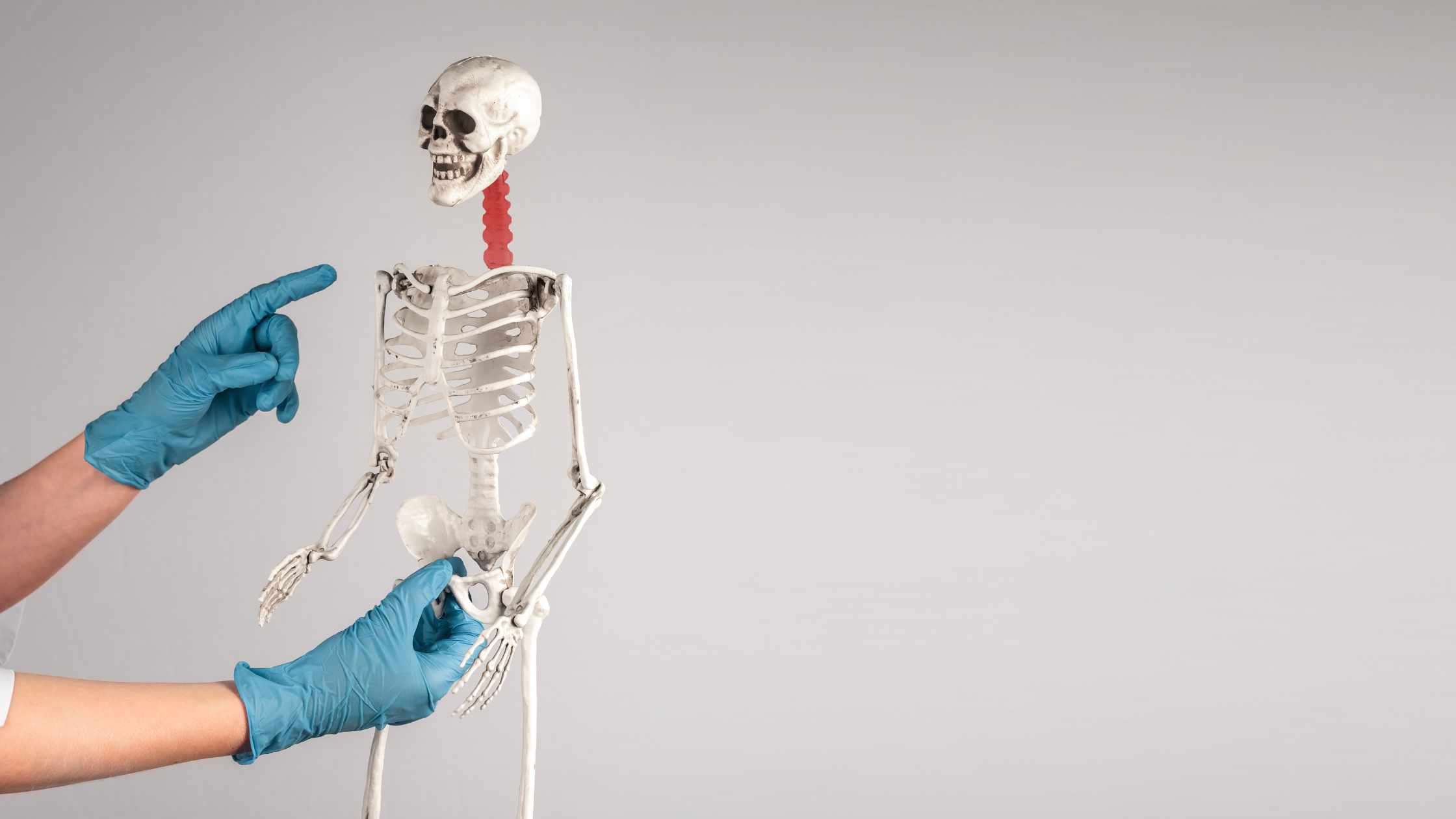
Cervical Disc Disease: Causes, Symptoms, and Treatment
There may also be a genetic link that causes some people to experience more accelerated wear and tear. Sometimes an Injury can accelerate the process, and it may also cause the onset of degenerative cervical disc disease. Cervical Disc Disorders are injuries to a disc, or multiple discs, located between the cervical vertebrae and can include degenerative disc disease and disc herniation also known as: Disc bulges Slipped disc Ruptured disc With age, degeneration of the inner soft tissue of the disc (nucleus pulposus) can happen. The jelly-like substance of the disc becomes dehydrated and starts to decrease its ability to disperse and transfer those forces into the spinal column. When the disc is torn on the outer portion (annulus fibrosis), while the inner portion (nucleus pulposus) begins to push out of its central location it is known as a disc herniation, When symptoms related to the nerves happen it's normally due to compression on the spine and is called cervical radiculopathy. A lot of the time, disc herniation places pressure onto the nerve causing a variety of symptoms including: Tingling or numbness (paraesthesia) Pain that radiates into the arm Decreased strength Cervical disc degenerative disorder can be characterized by neck pain that is more widespread when you're active, however, the symptoms can be minimized when lying down. Osteophytes and bone spurs are often associated with this and can trigger subsequent headaches. Some common symptoms of cervical DDD include: Neck pain: Stiff neck is the most common symptom of cervical disc disease. However, the pain can sometimes flare up, becoming severe, and can last from a few hours to a few days. Nerve pain: Nerve pain is usually a sharp or electric shock-like pain that radiates down from the shoulder through your arm, hand, and/or fingers. Most likely only felt on one side of your body at a time. Neurological issues: Pins-and-needles, tingling, numbness, or weakness in your hands and fingers, including shoulder weakness, with pain that radiates down the shoulder and through the arm, hand, or fingers and can greatly interfere with your day-to-day life. Pain gets worse with movement: Generally, pain caused by the degenerative disc itself tends to be aggravated by movement and alleviated by rest. Most people develop cervical disc disease at some point as they get older, but there are some risk factors that can speed up cervical degenerative disease for some people, these risk factors are: Genetics Obesity Smoking If advanced, cervical disc disorders can be diagnosed via X-ray which will show the collapse in the height of the disc along with some possible bone spurs and bony changes to the end plate. MRIs are the most useful imaging technique for these types of conditions. However, if there are multiple affected discs, and it's more difficult to distinguish which discs are generating the pain and which ones aren't. In this case, more extensive imaging is needed which could include discography, CT or nerve blocks used to decipher the level causing nerve pain. Physical therapy Oral anti-inflammatory medications Injections Surgery Lifestyle Modification: Some activities will be more painful than others when it comes to the movement of your neck. Quitting smoking, staying hydrated, and healthy eating can be beneficial to the health of your spinal disc. Pain Management: OTC pain relievers can provide some relief for your pain, however, if OTC pain relievers no longer provide relief, then ask your doctor for a stronger pain medication, such as steroids or muscle relaxants. Other options include cervical epidural steroid injection, or a cervical facet injection. Heat and/or Ice Therapy: Applying ice or heat to painful areas can provide relief for some people. Exercise and/or Physical Therapy: Physical therapy for neck pain includes some stretching and flexibility exercises to rebuild strength and movement in your neck area which will often lessen your risk for extreme pain in the future. If all else fails, surgery may be the only and final option for pain relief. The surgical treatment options are: Anterior Cervical Discectomy and Fusion (ACDF): Involves removing the damaged disc in an effort to relieve spinal cord and/or root nerve pressure while alleviating similar pain, weakness, numbness, and tingling. Cervical Artificial Disc Replacement: Involves removal of the damaged disc, replacing it with an artificial one that will assist in preserving movement. Using innovative approaches like regenerative medicine and spinal cord stimulation can provide patients with relief without aggressive or extensive surgeries. Dr. Ranson is also skilled in and provides a variety of non-surgical and minimally invasive procedures to treat issues like: Back pain Chronic headaches Arthritis Herniated disc Compression fractures Stenosis Chronic conditions The team at First State Orthopaedic is highly skilled in treating cervical disc disease and spinal conditions, using both surgical and interventional treatments. Contact us today to learn more about our treatment options and to make an appointment with our team of experts. Causes
What Are The Symptoms?
Risk Factors for Cervical Degenerative Disc Disease
Diagnosis and Treatment
Non-Surgical Treatment Options
Surgical Treatment Options
Quick Links
Schedule an Appointment
* indicates a required field.
